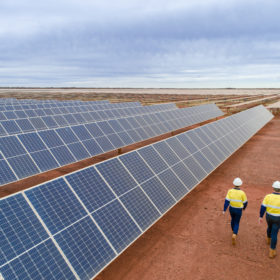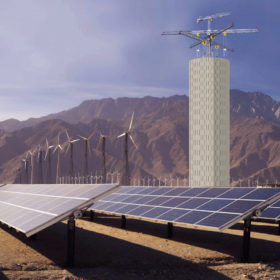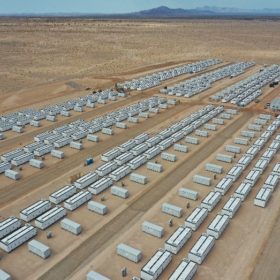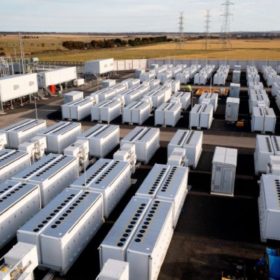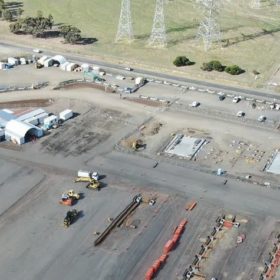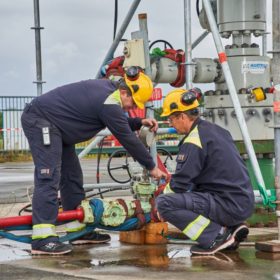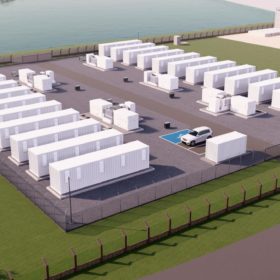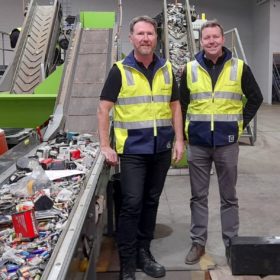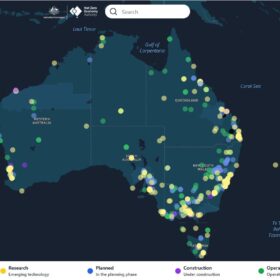Fortescue plans additional 2 GW to 3 GW of renewables as part of $9.2 billion investment
Australian-based mining giant Fortescue Metals Group has announced it will deploy an additional 2 GW to 3 GW of renewable energy generation and battery storage as part of a more-than $9 billion plan to decarbonise its iron-ore operations by 2030.
UK investment firm makes $36 million move into NSW solar market
United Kingdom-headquartered investment firm Global Sustainable Energy Opportunities has increased its Australian solar PV portfolio, committing $36 million (£21.2 million) to acquire three more solar projects with a combined capacity of 15 MW.
Energy Vault to deploy 2 GWh of gravity storage in China
Energy Vault’s EVx storage system is comparable to pumped hydro, using grid-scale renewable energy when supply is abundant to drive motors and raise 30-ton blocks on a six-arm crane tower, rather than water, up to a height. When power needs to be discharged back to the grid, the blocks are lowered, harvesting the kinetic energy.
New grid-scale LFP battery from Canadian Solar
Solar PV technology manufacturer Canadian Solar plans to quadruple its battery manufacturing capacity by the end of 2023. A part of that strategy is a new 2.8 MWh lithium-ferro phosphate battery which will be unveiled at the RE+ conference in California this week.
Pumped hydro storage takes shape in the Philippines
Prime Infra recently acquired a 500 MW pumped storage hydropower project in Rizal province in the Philippines. The company is also developing a 1.4 GW facility in the country.
NSW seeks to smooth path for 700 MW/1400 MWh super battery
The New South Wales government has moved to fast track the development of the 700 MW/1400 MWh Waratah Super Battery as it looks to shore up a reliable energy supply ahead of the impending closure of the country’s biggest coal generator.
Neoen Australia plans 4 GWh big battery for WA
The Australian arm of French renewable energy developer Neoen has lodged an application to build a 1000 MW /4000 MWh big battery in Western Australia as the state government looks to ramp up energy storage capacity to support its planned transition from coal-fired power to renewables.
Underground caverns to help unlock Australia’s hydrogen industry
Australia’s ambitions to become a major player in global green hydrogen production and trade have received a boost with a new report from Geoscience Australia confirming the potential for large-scale, underground storage of hydrogen in salt caverns across the country.
German investor buys up Australian battery energy storage portfolio
German investment management company Aquila Capital has expanded its Antipodean asset base, inking a deal to buy a 220 MW/440 MWh portfolio of battery energy storage projects in South Australia from Spanish renewables developed Gransolar Group.
Envirostream turns up volume on battery recycling deal with LG
Perth-based battery technology company Lithium Australia’s 100%-owned subsidiary Envirostream has ramped up its battery recycling efforts, signing an agreement with South Korean manufacturer LG Energy Solutions to process at least 250 tonnes of its lithium-ion batteries over the next year.
